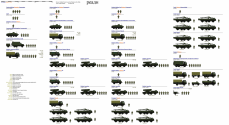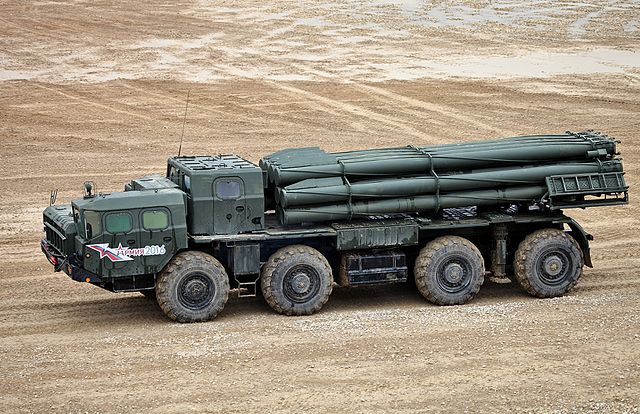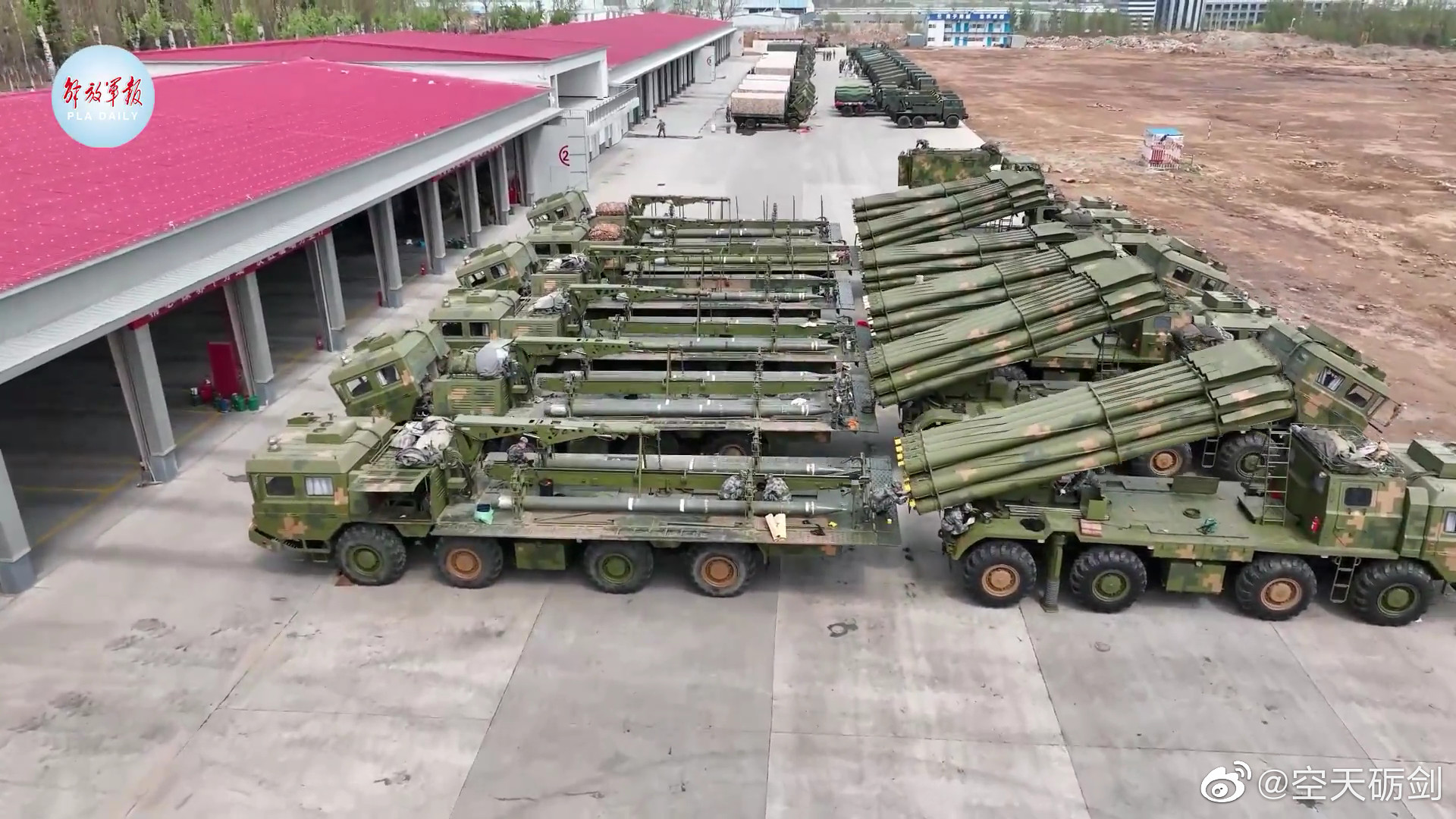But first understand the unique structure of Artillery in PLA of a standard Group Army by excluding Xinjiang (also 84th GroupArmy) and Tibet Military Regions (also 85th Group Army)
and
The location of 85th Artillery Brigade.
Now sharing locations of various Howitzers lying in open (PCL181 & PL66) & MLRS (PCL191 & PHL03) Few could be inside sheds too. Numbers indicate possibilities of 3 MLRS Battalions & >2 Howitzer battalions
Group army support units share the number of the group army. If 85th Group Army has such unique structure that requires it to be excluded from considerations then satellite images of 85th Artillery Brigade which is a support unit of said 85th Group Army
can't be used as evidence for general structure of group army artillery brigades.
Furthermore we can't claim factual knowledge of structures simply because an image or a data set suggests
one possible interpretation. A valid interpretation must also match factual knowledge as closely as possible. Factual knowledge includes:
- presence of logistics
- viable artillery tactics
- physical parameters of fire missions
- presence of possible counter-battery fire
Therefore:
The satellite image shows the entire brigade at base which naturally will include all logistical vehicles.
For comparison these are the two types of base vehicles in the 9K58 Smerch (BM-30) system:
9A52 launcher vehicle (боевая машина комплекса РСЗО 9К58)
9T234-2 ammunition resupply vehicle (Транспортно-заряжающая машина 9Т234-2 комплекса РСЗО 9К58)
Both vehicles use the same МАЗ-543 chassis which when covered with a tarp makes them indistinguishable from above when viewed at resolution available to the public. At better resolution the only indication is the driver's cabin which is different. This won't be true of PHL-03 which has a different cabin structure altogether so I would expect that publicly available imagery won't be useful for making the distinction. And if the vehicles are covered in their entirety as on the satellite image from your link then visual identification is impossible altogether.
On the images I counted 63 vehicles that could match size with PHL-03 arranged in 3 groups of 21 vehicles.
This is visual representation of a
9K57 (BM-27 Uragan) 220mm MLRS battalion in the 2008 structure (enlarge):

A battalion has 2 batteries of 8 launchers (2 platoons of 4) and 4 resupply vehicles and a separate resupply battery of 8 resupply vehicles with a total
24 vehicles using identical chassis.
This is however a different system with greater number of launch tubes per launchers (16 for BM-27 compared to 12 for BM-30).
If we assume that this structure is repliacted by PHL-03 and that in each instance 3 vehicles per battalion are kept in garage then it matches the structure. If not then we can assume that the structure is different, perhaps with only 3 resupply vehicles per platoon instead of 4.
Alternatively PLA could field a different structure for 300mm MLRS - for example 2 batteries of 9 launchers (3 platoons of 3) with a single separate resupply platoon of 3 vehicles.
This structure would match the total 21 vehicles shown on the image without the need to assume hidden vehicles, and would also match an
existing artillery tactic which places higher emphasis on massed fire with immediate relocation compared to Russian tactic which allows for reloading of launchers while in firing position. Russians put less emphasis on movement because they assumed ground fire superiority due to the number of artillery systems in their structures compared to potential enemy force.
It would also match the new US Army structure for M142 battalions. Previous structure had 18 M142 per battalions - 3 batteries of 6 launchers each (3 platoons of 2). Current structure has 27 M142 per battalion - 3 batteries of 9 launchers (3 platoons of 3). Note that M142 has excellent logistical capacity due to the built in crane but it was still seen as preferable to have more units ready for action.
Considering that 85th Group Army is stationed in Tibet and with geography in mind we can assume that having an artillery brigade of 5 battalions - 3 long-range MLRS , 1 light howitzer (truck-mounted) and 1 light howitzer (airmobile) - is definitely plausible. And the two groupings of equipment to the left look like a battalion of towed light guns under tarps and 122mm truck-mounted howitzers. It also matches a tactic that is already used e.g. in the US Army in airborne infantry brigades and tested in some other NATO militaries.
And despite all that I just wrote it is still
an interpretation for this particular brigade. We can't know for certain.
The logical conclusions for other brigades are as stated previously.
Study of detailed organizational structure requires a lot of dots to be joined. Except US, No country generally put its internal organization structure for all to see on a platter.
All NATO and EU/EEA countries, as well as Australia have information on the basic structure of their units publicly available. Publicly available doesn't mean however
readily available. Sometimes effort is necessary to find the information but it is there.
Russian armed forces also were very open about their structure. Whether it will continue remains to be seen but the problem with Russian structure is lack of online presence of most units outside of runet (Russian-language internet) and the two waves of reforms between 2008 and 2012 which created confusion between pre-2008, 2008-2010 "new model" and post-2012 structures. But similarly to NATO structures it can be found with a little effort and patience. It's much easier if you speak some Russian so as to communicate with Russian-speaking users in online communities, even with the help of an online translator.








